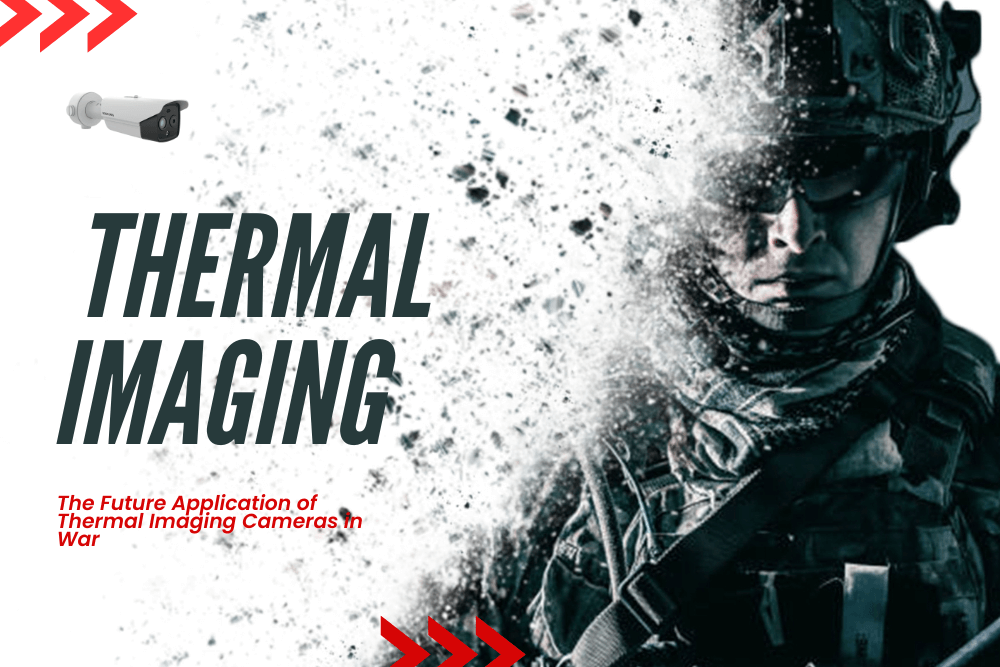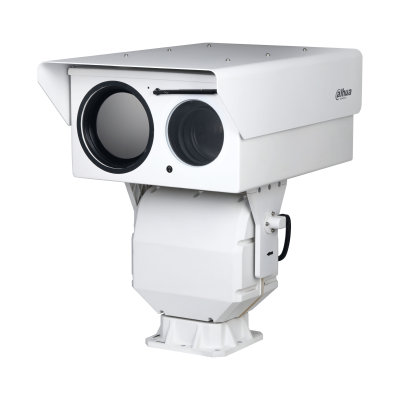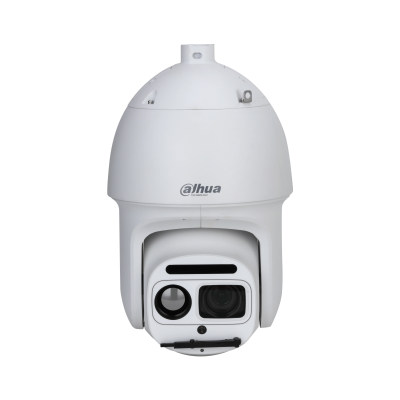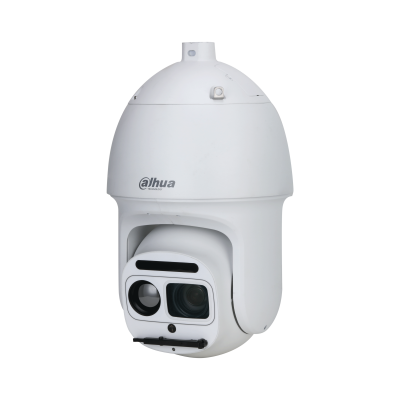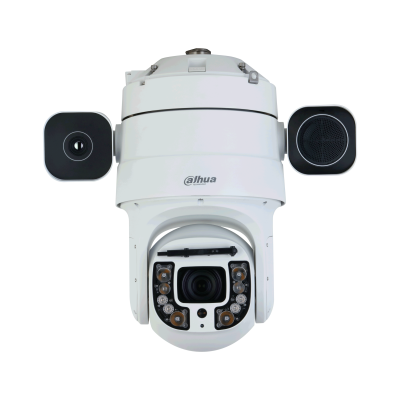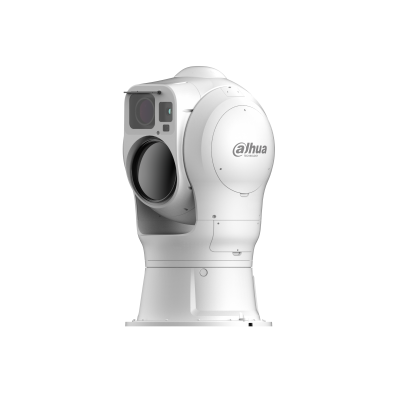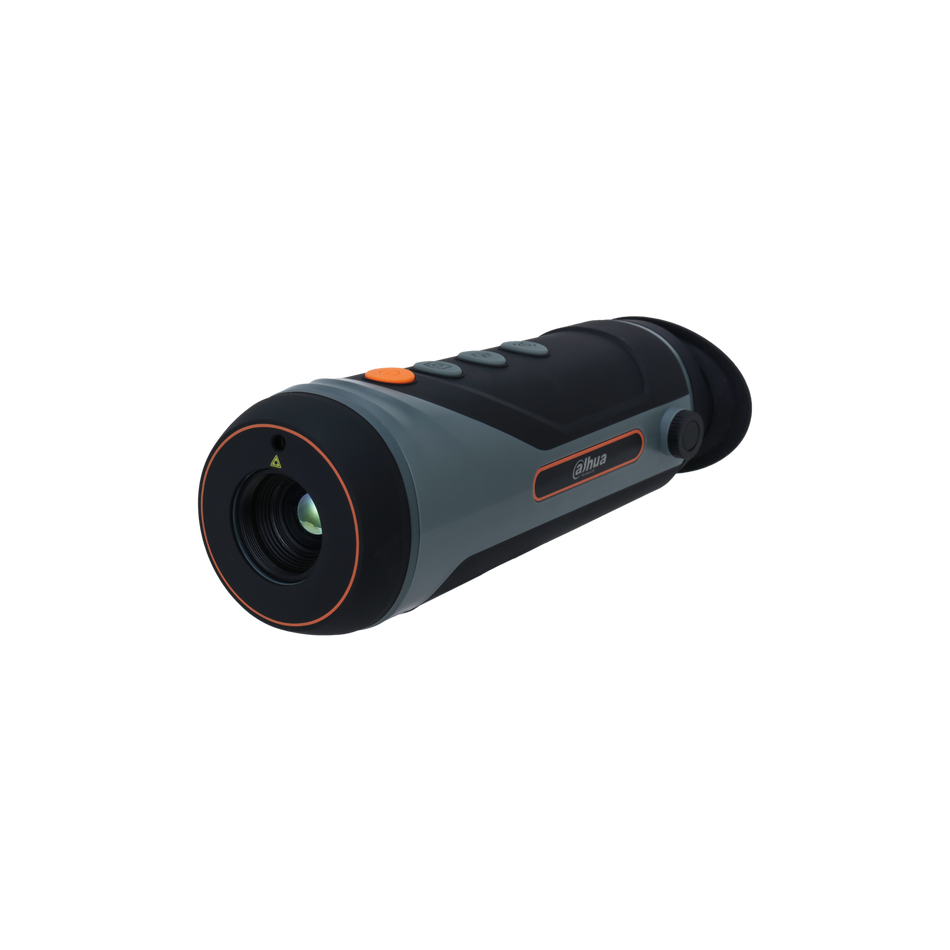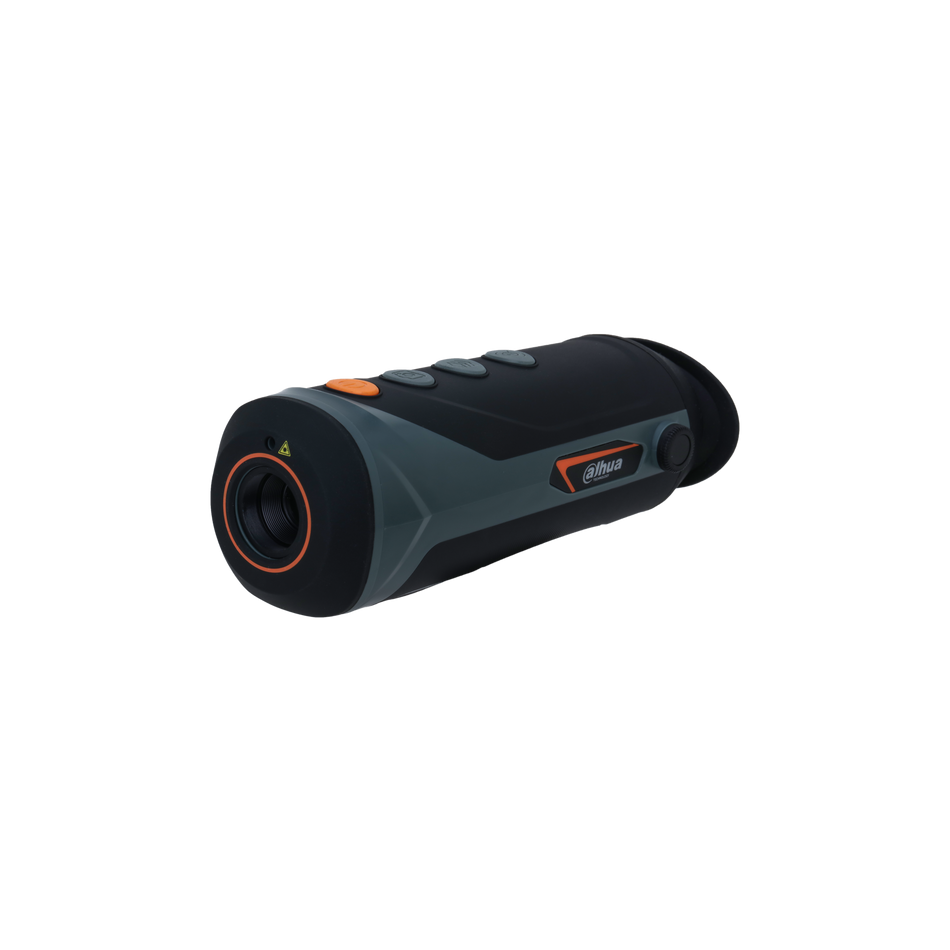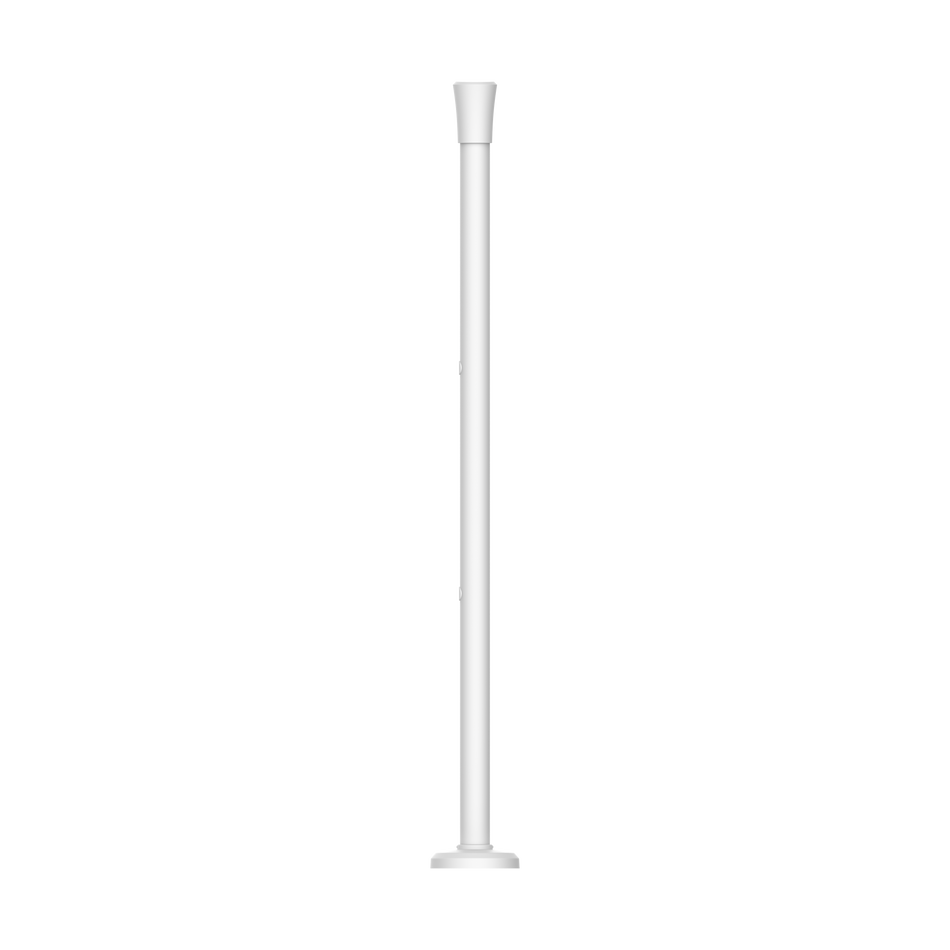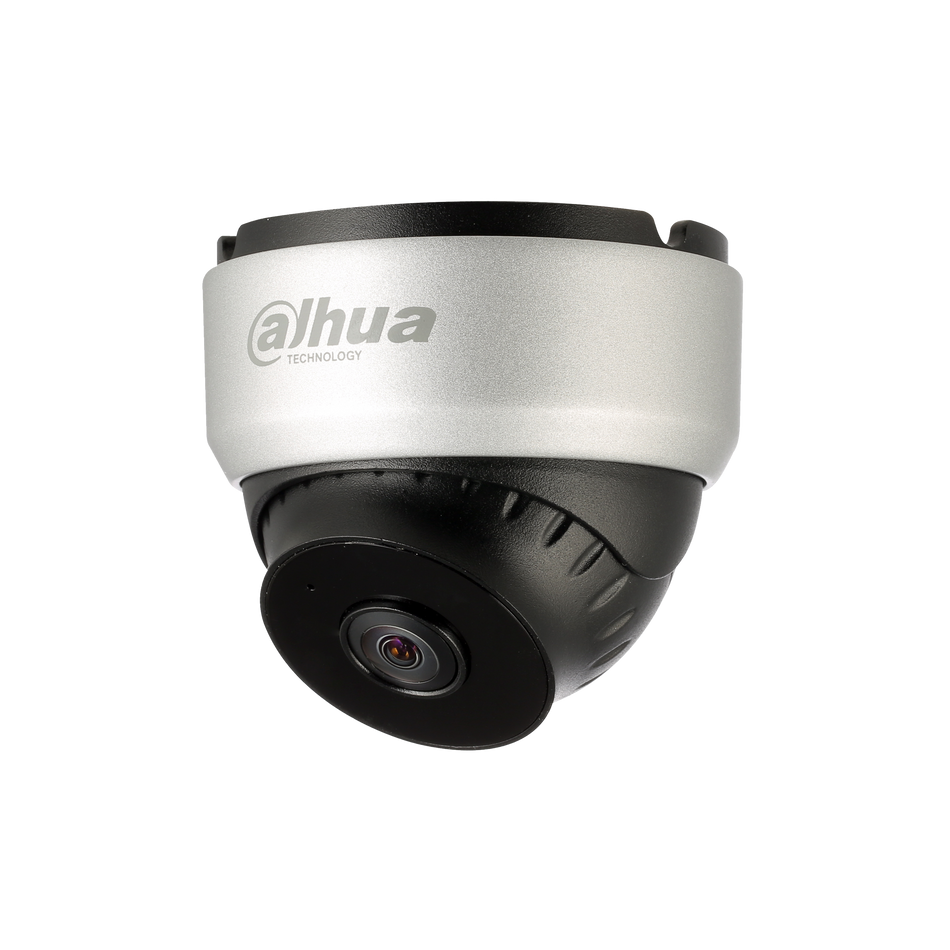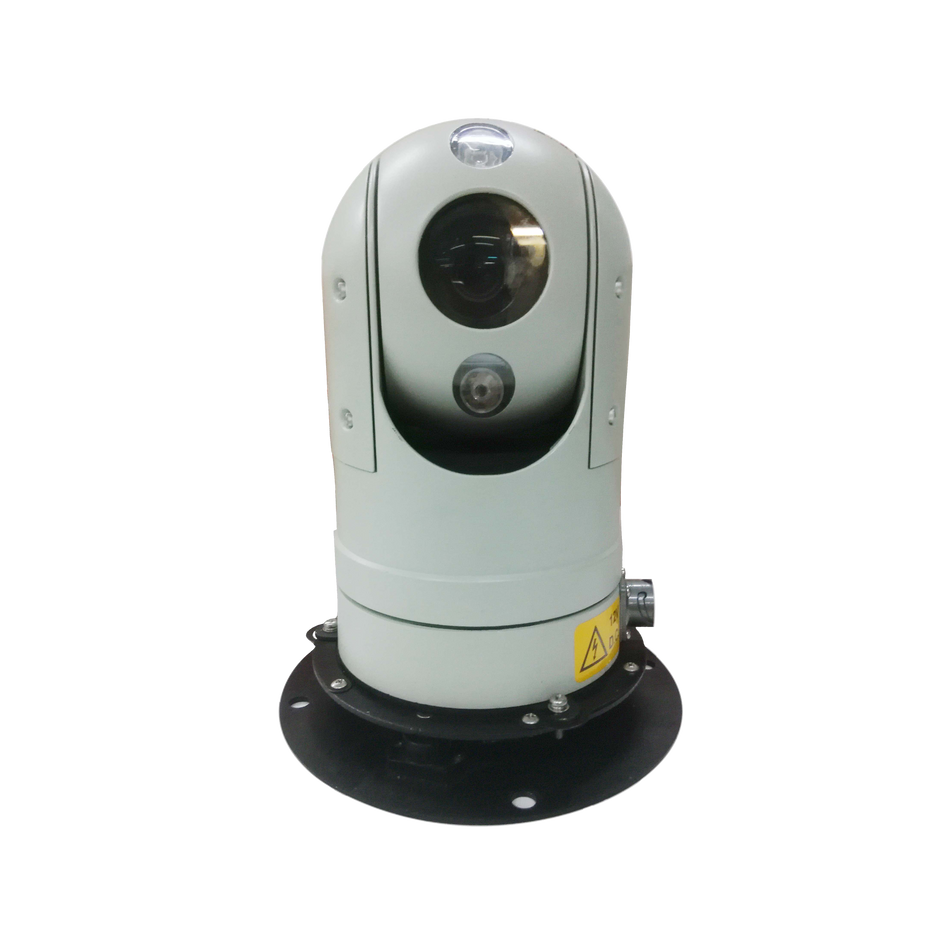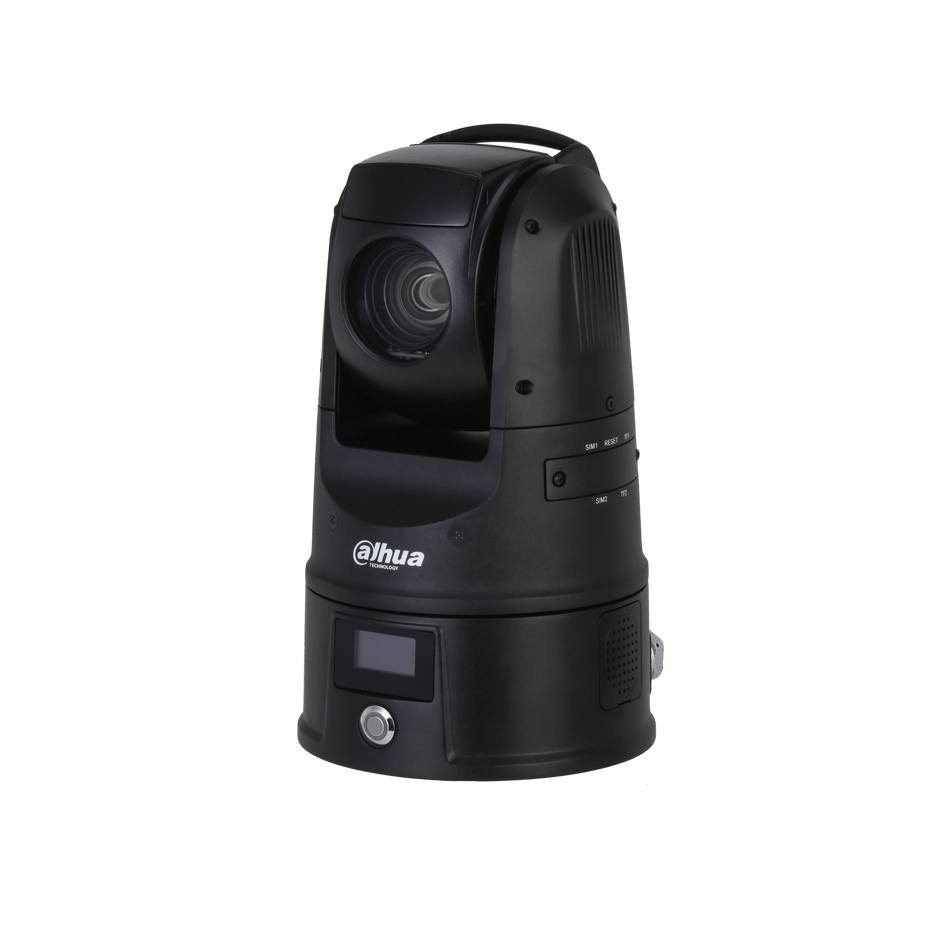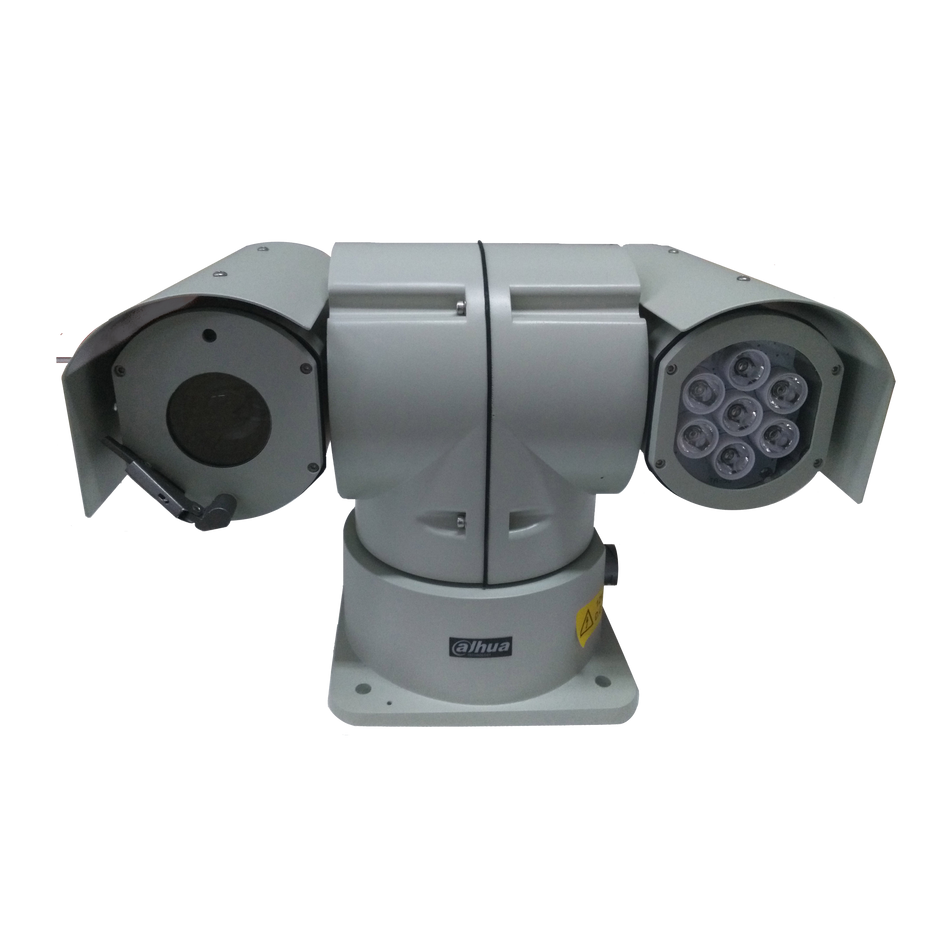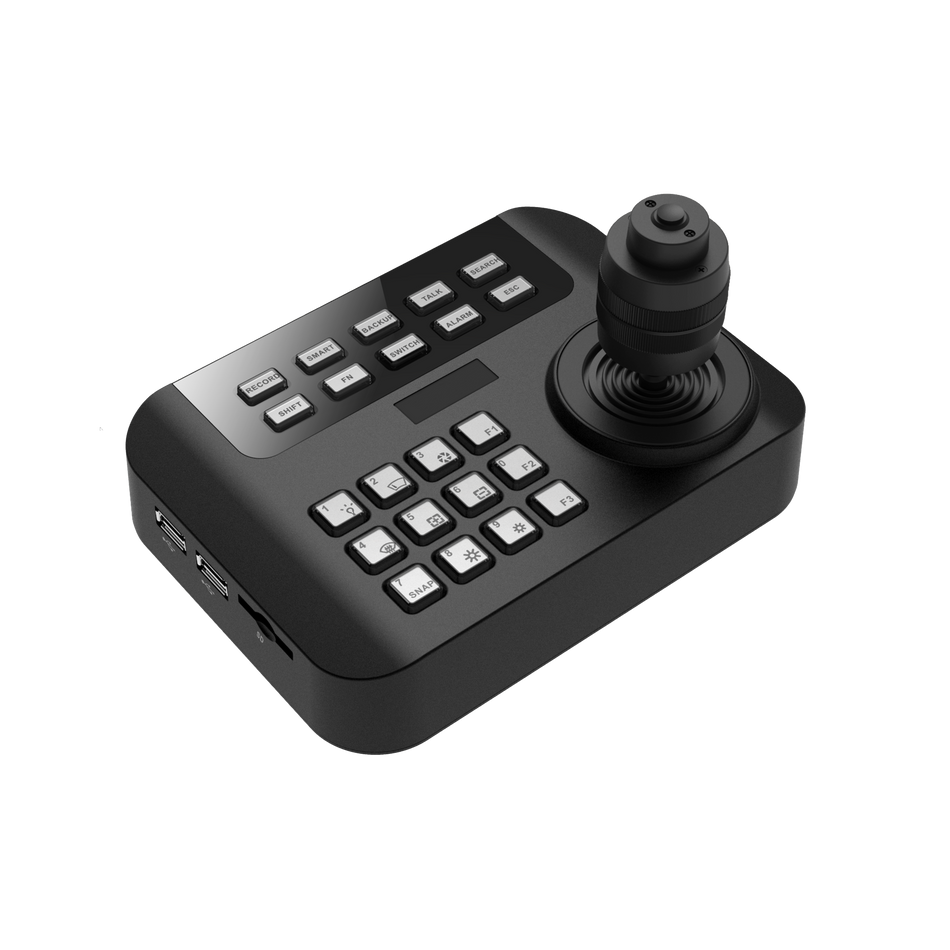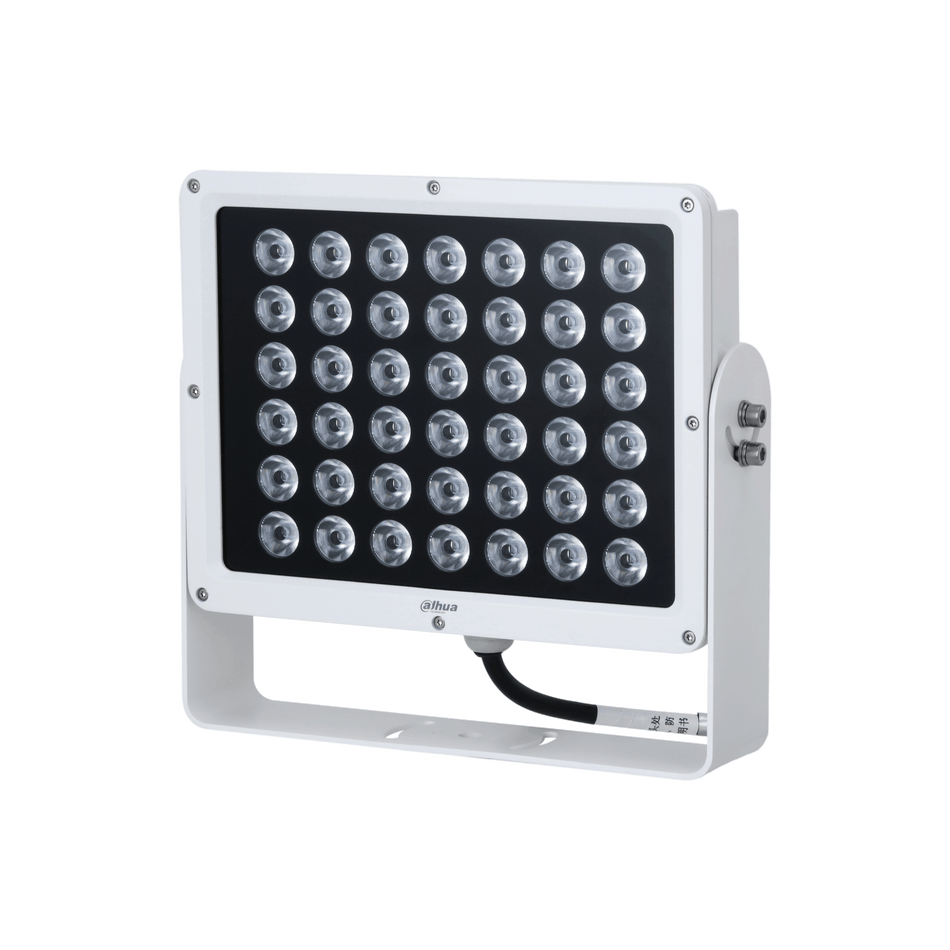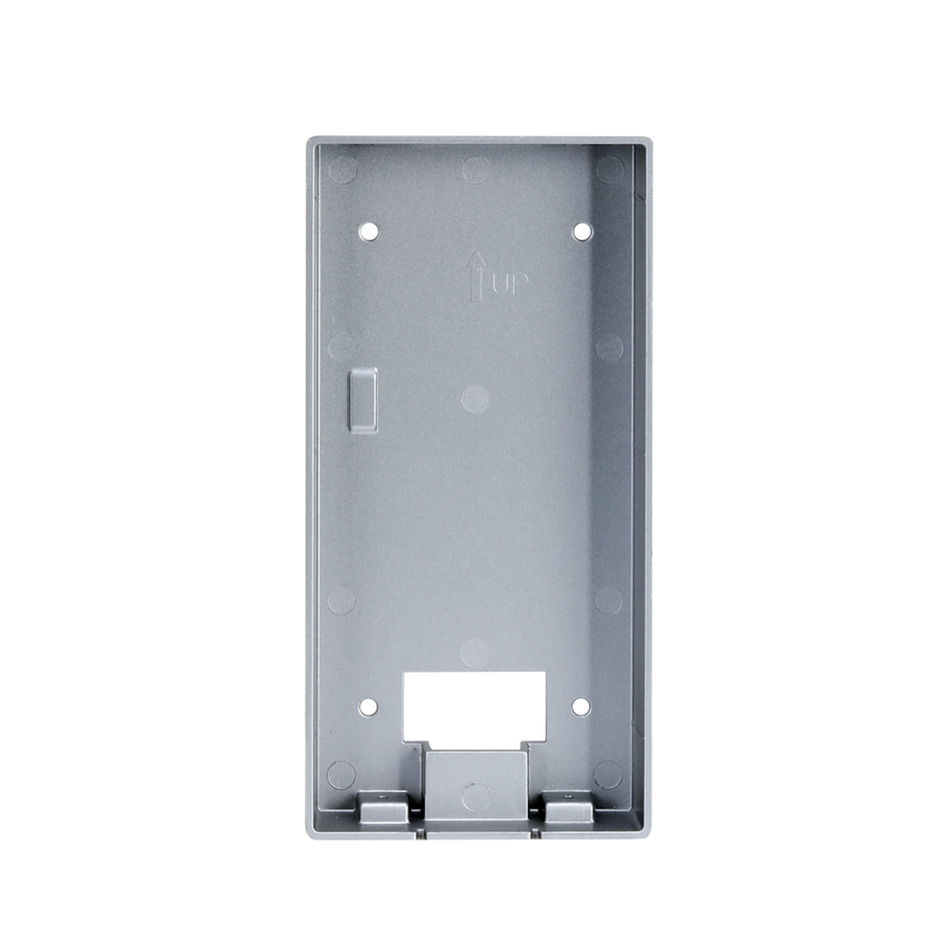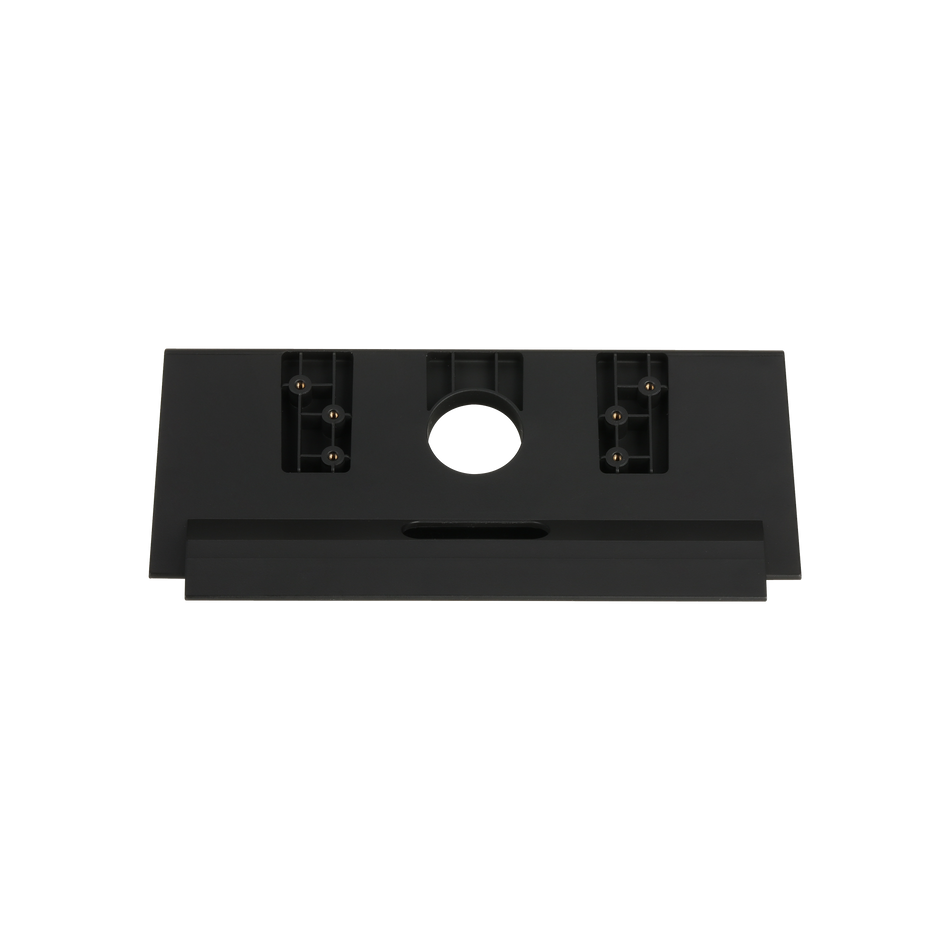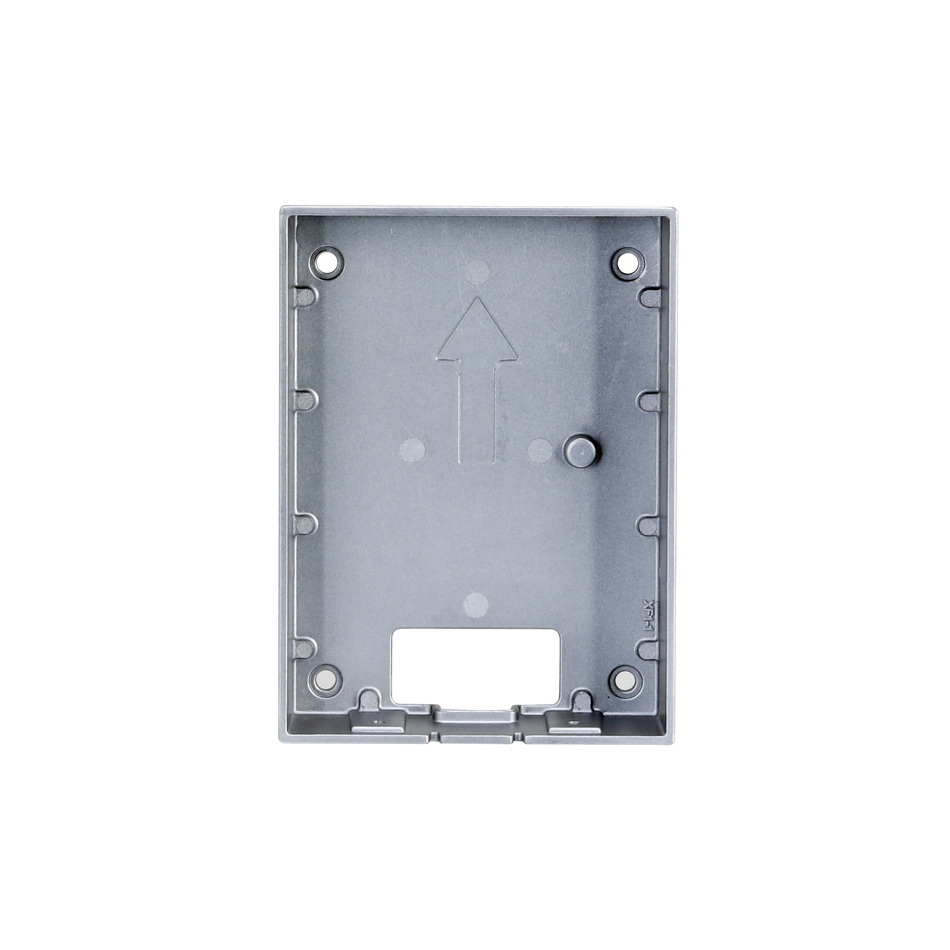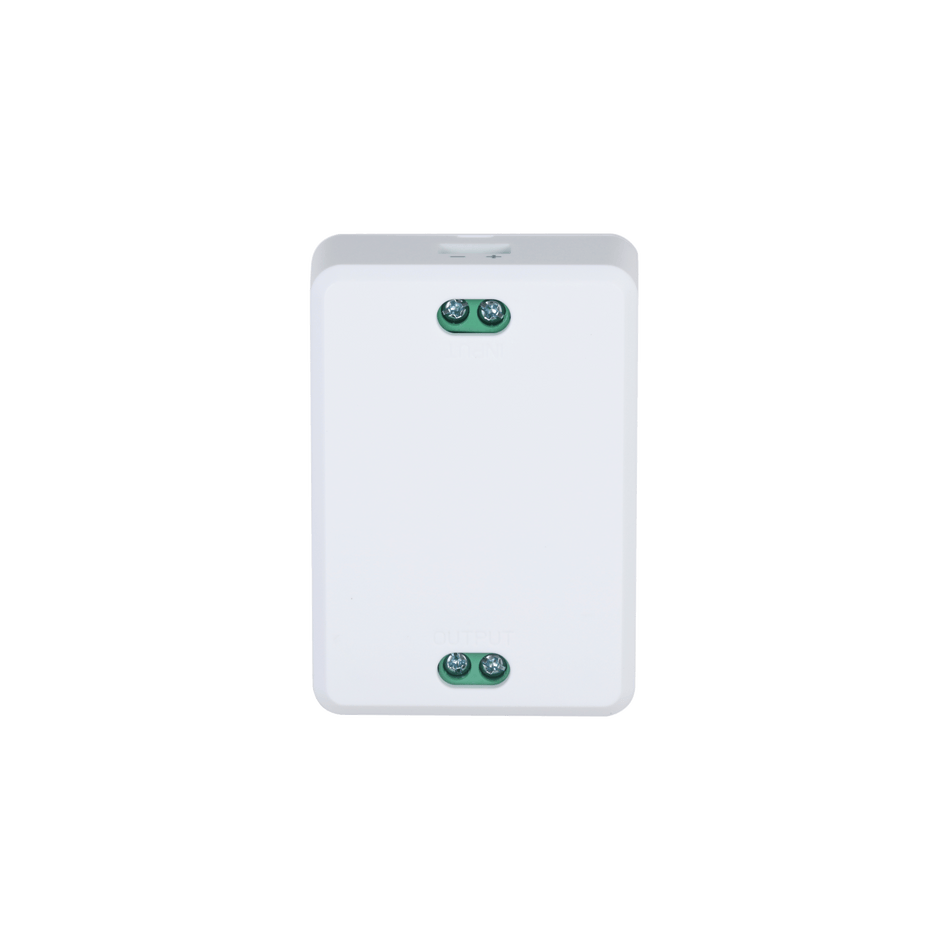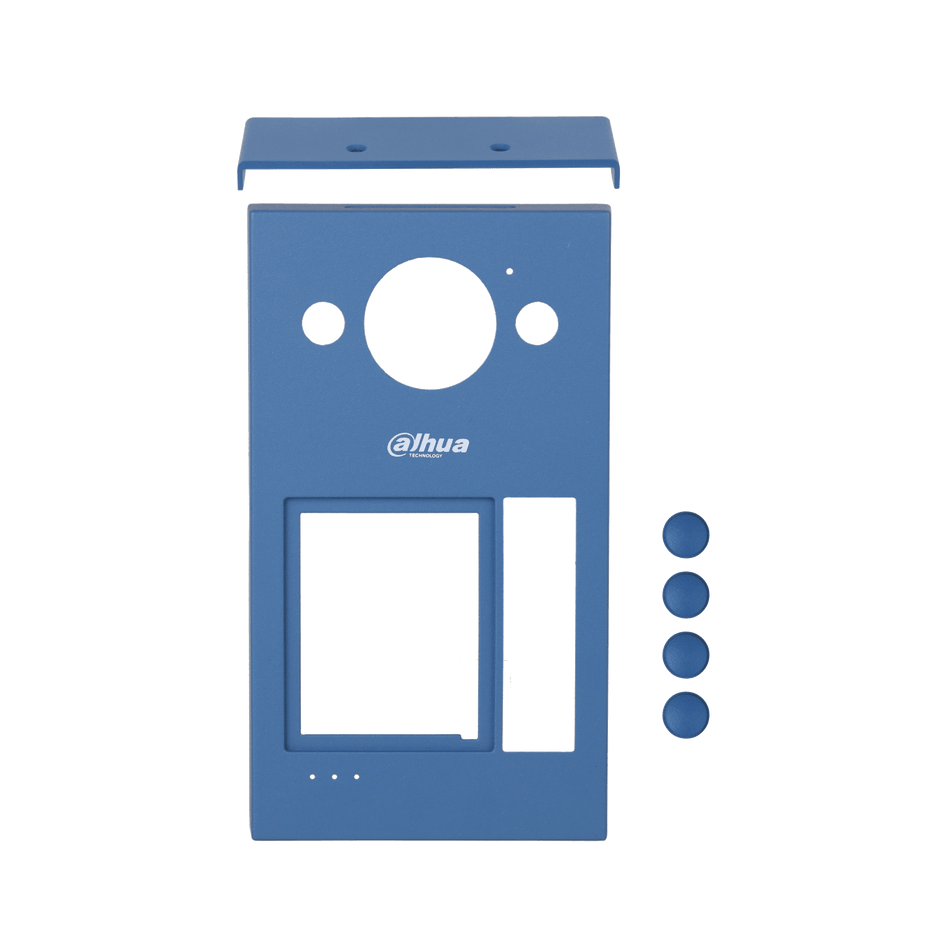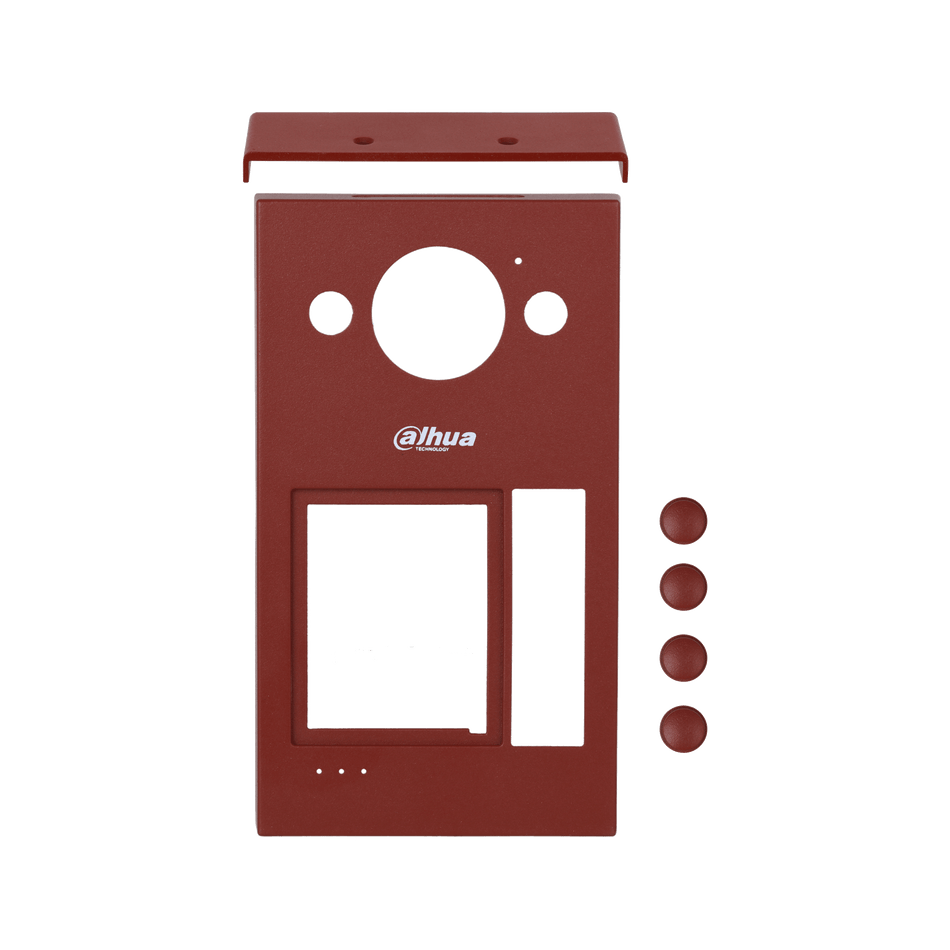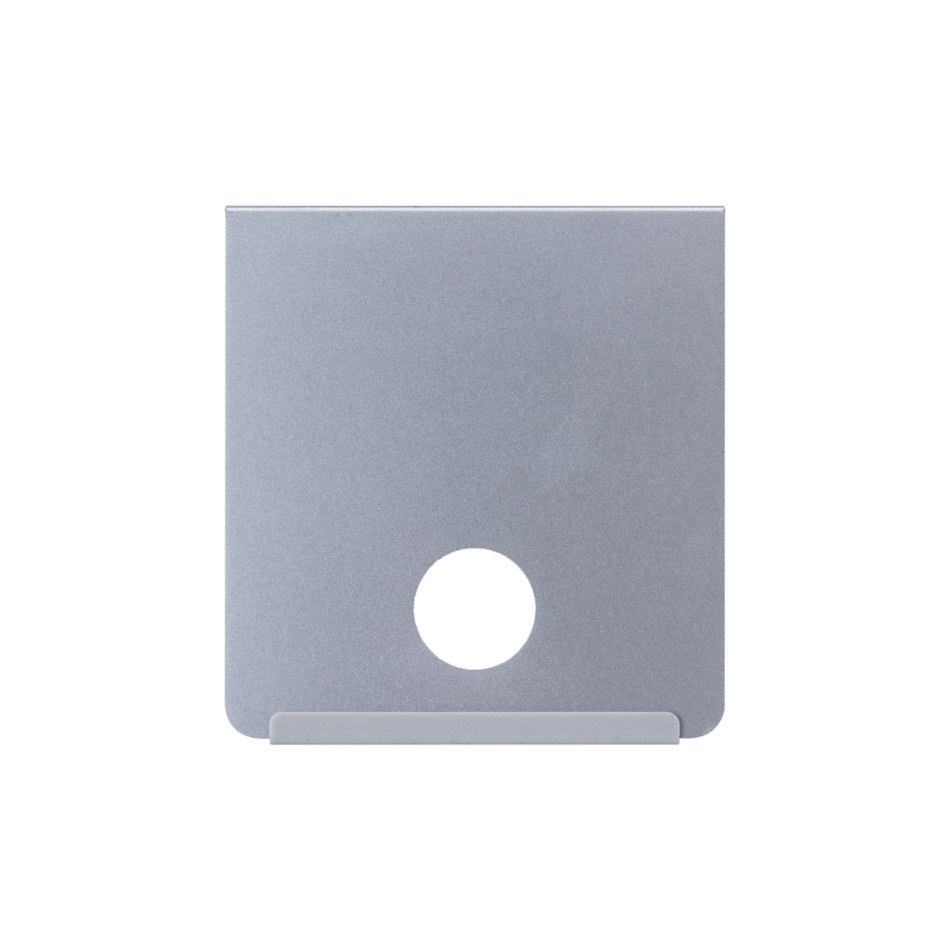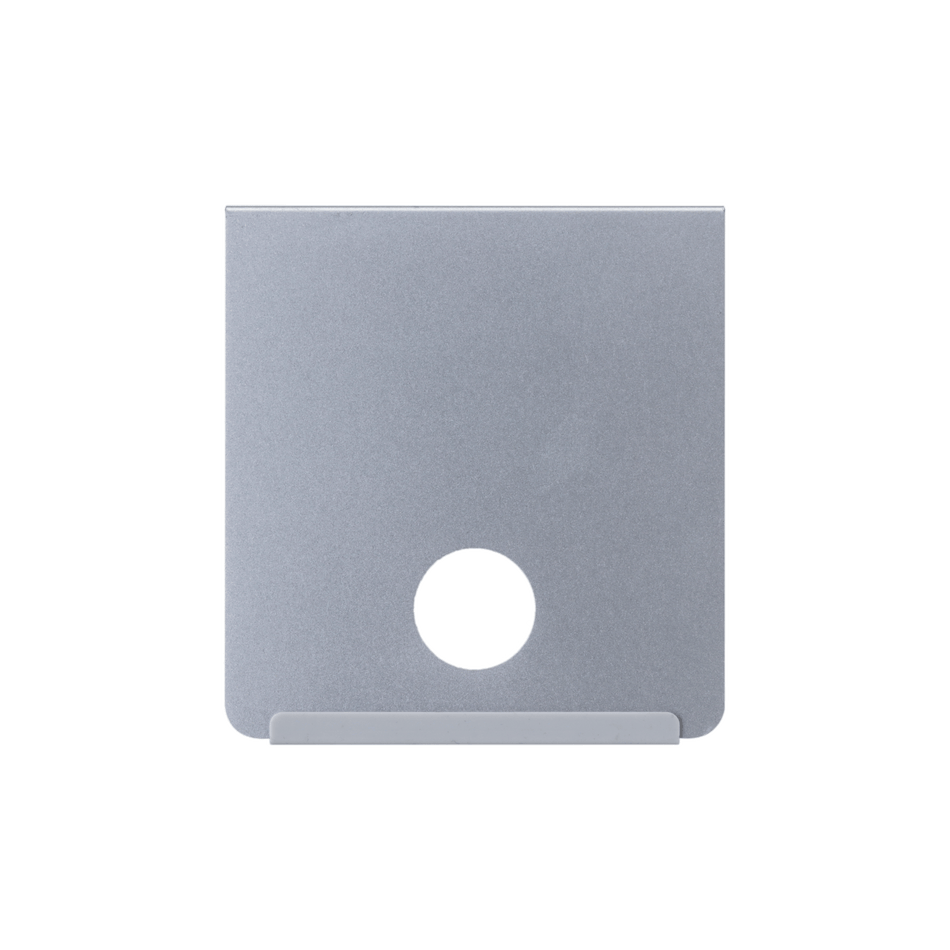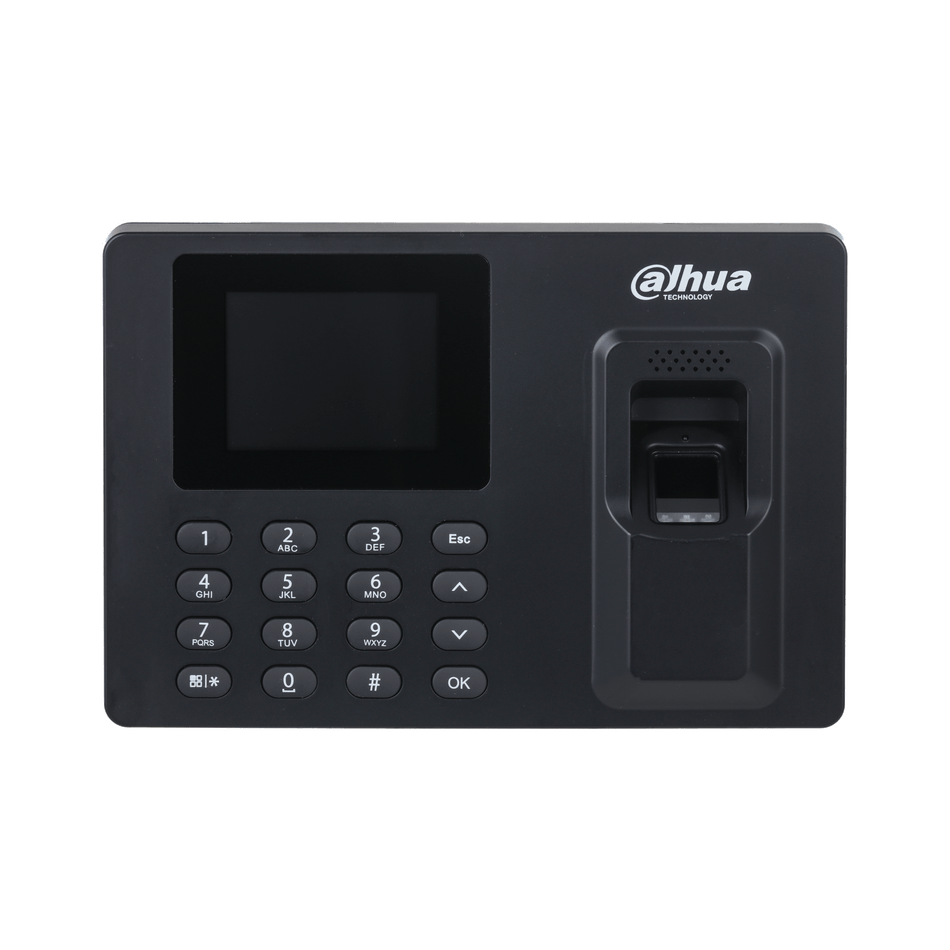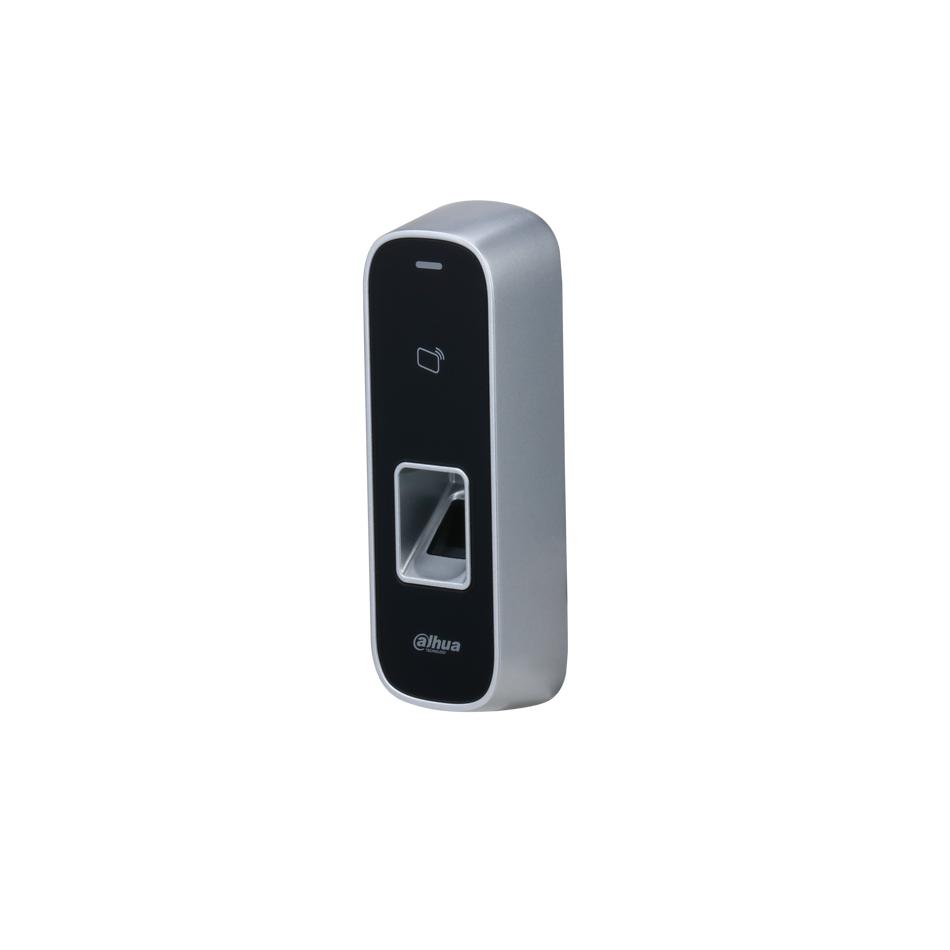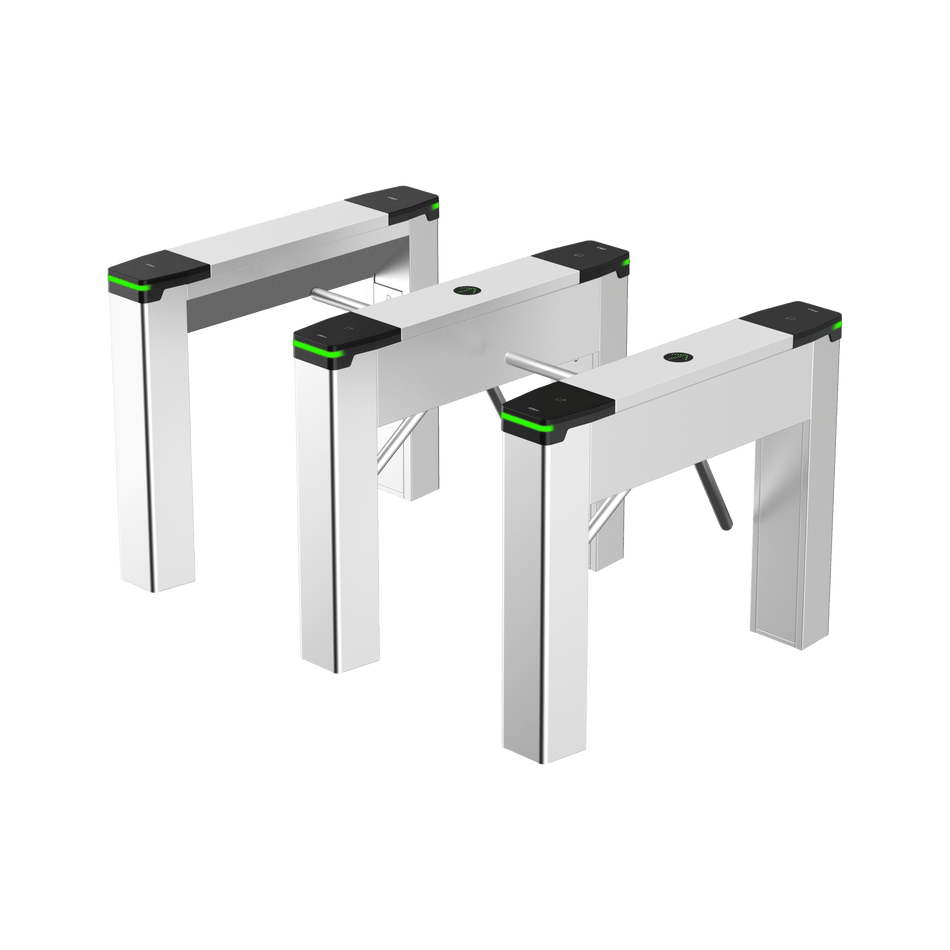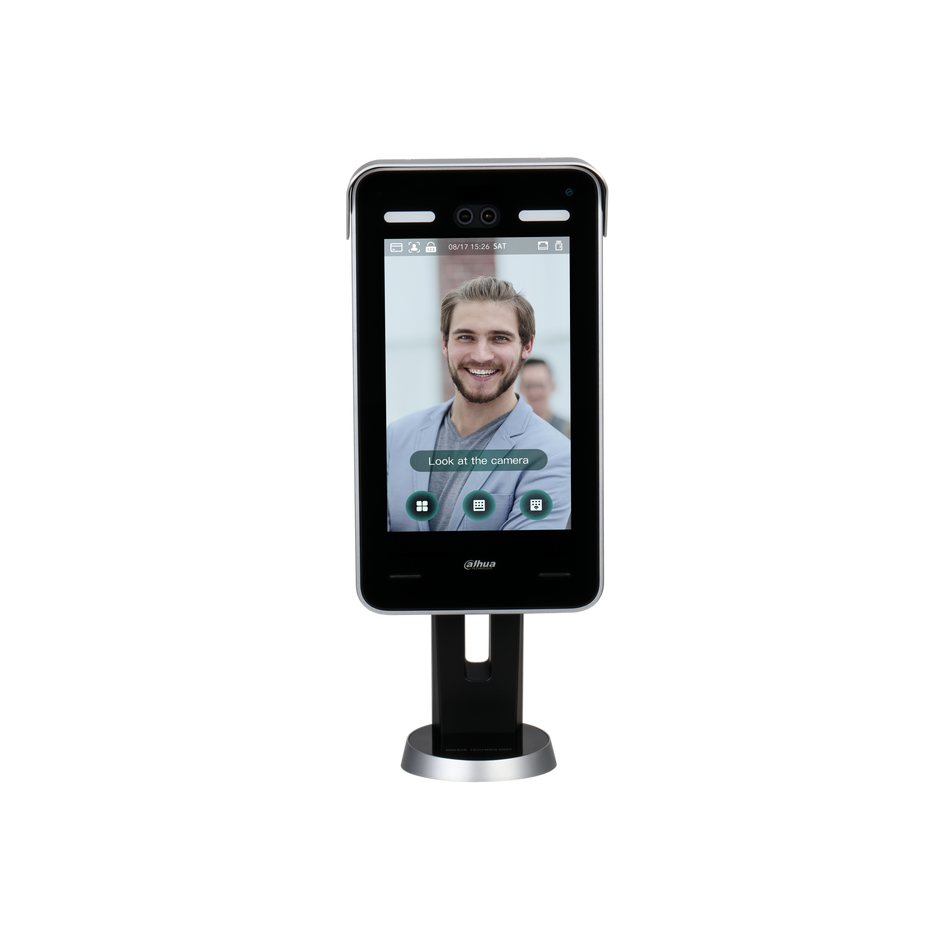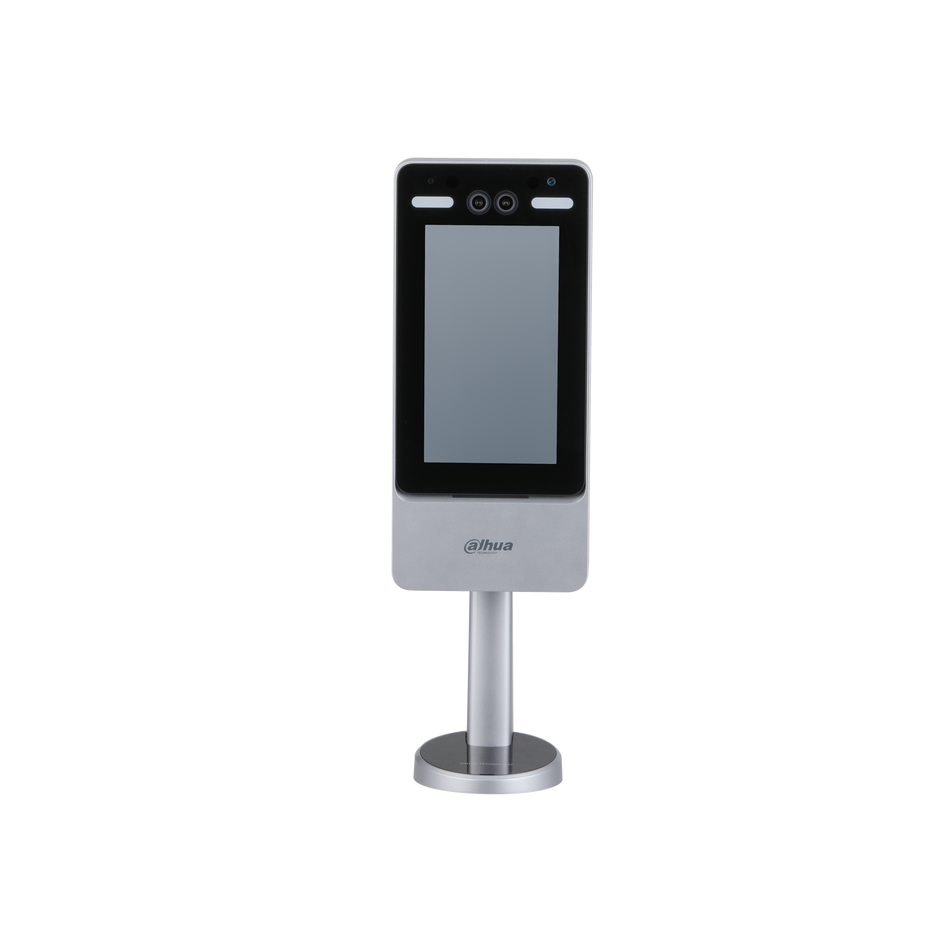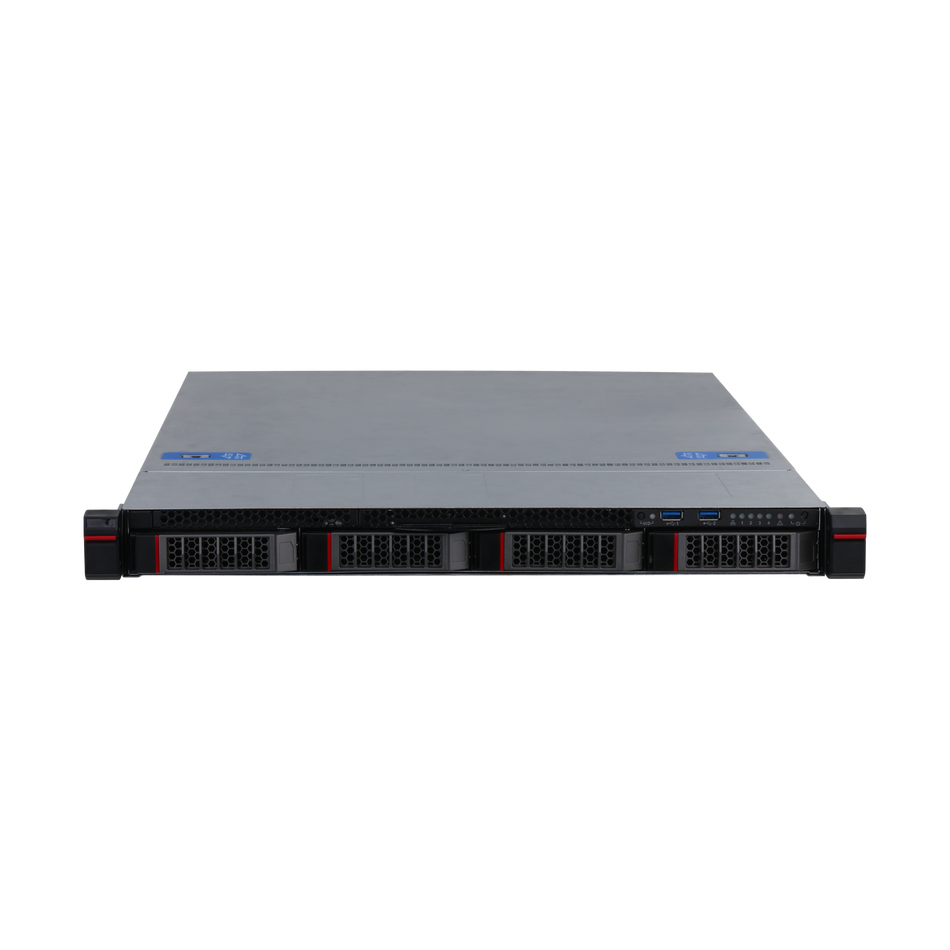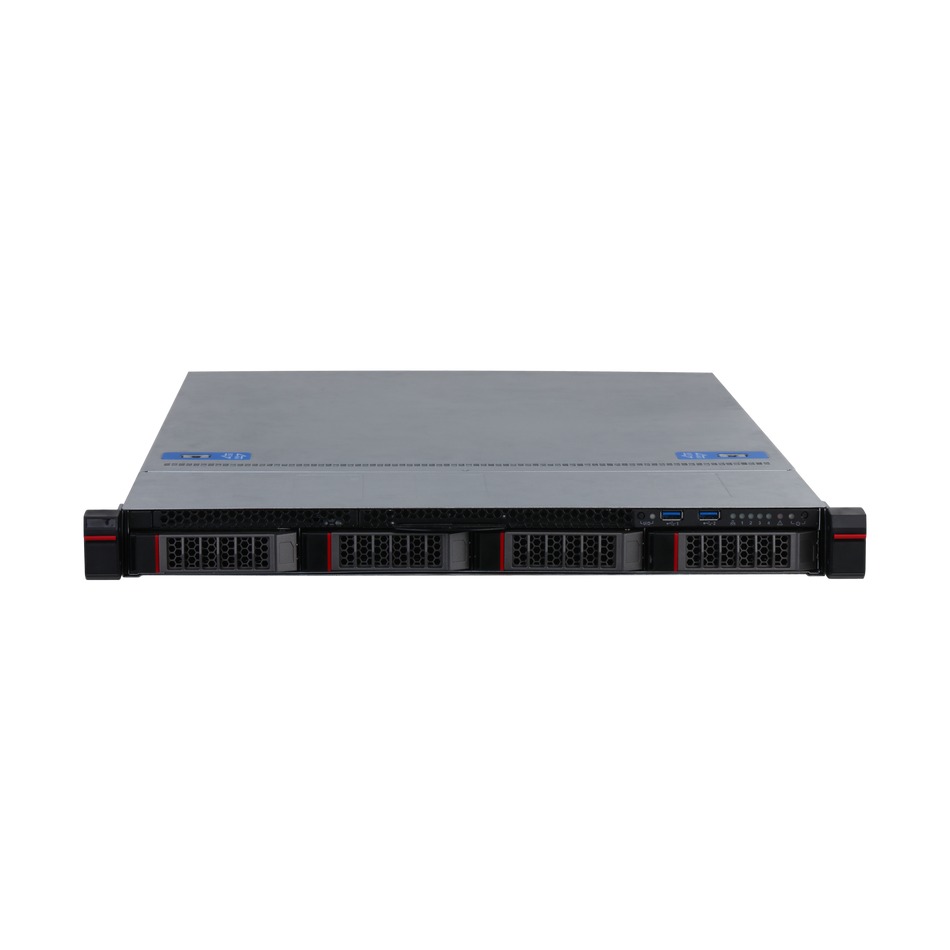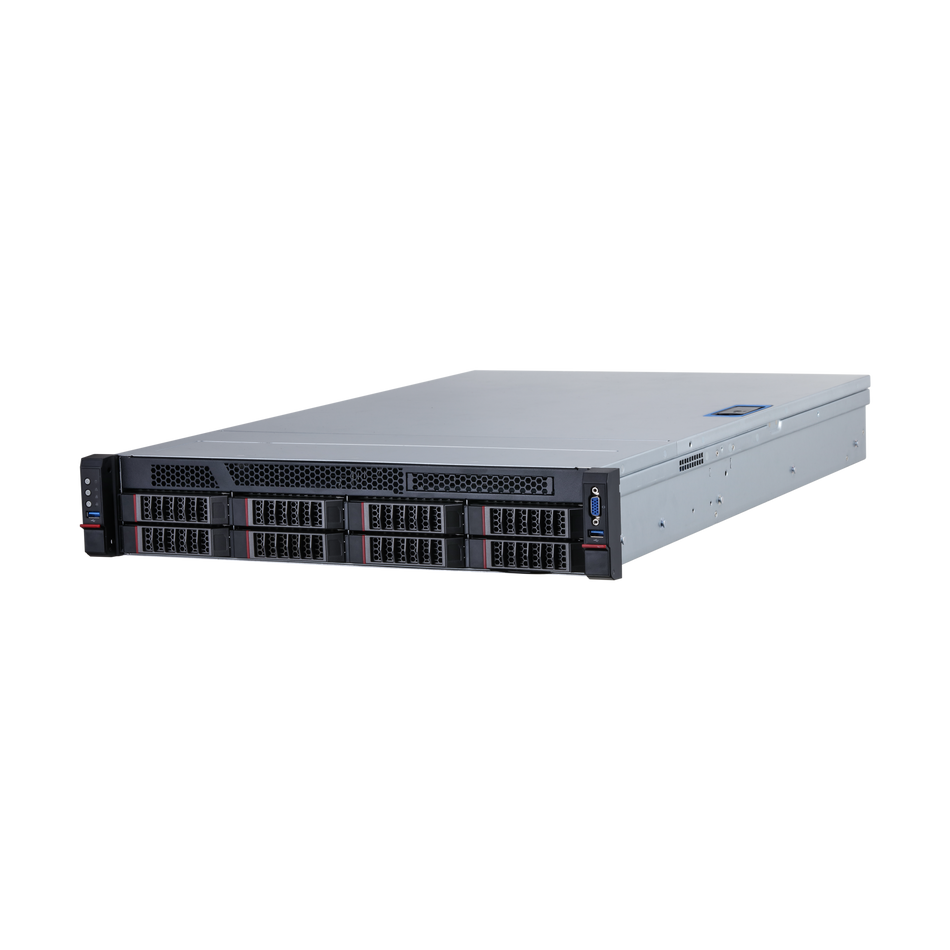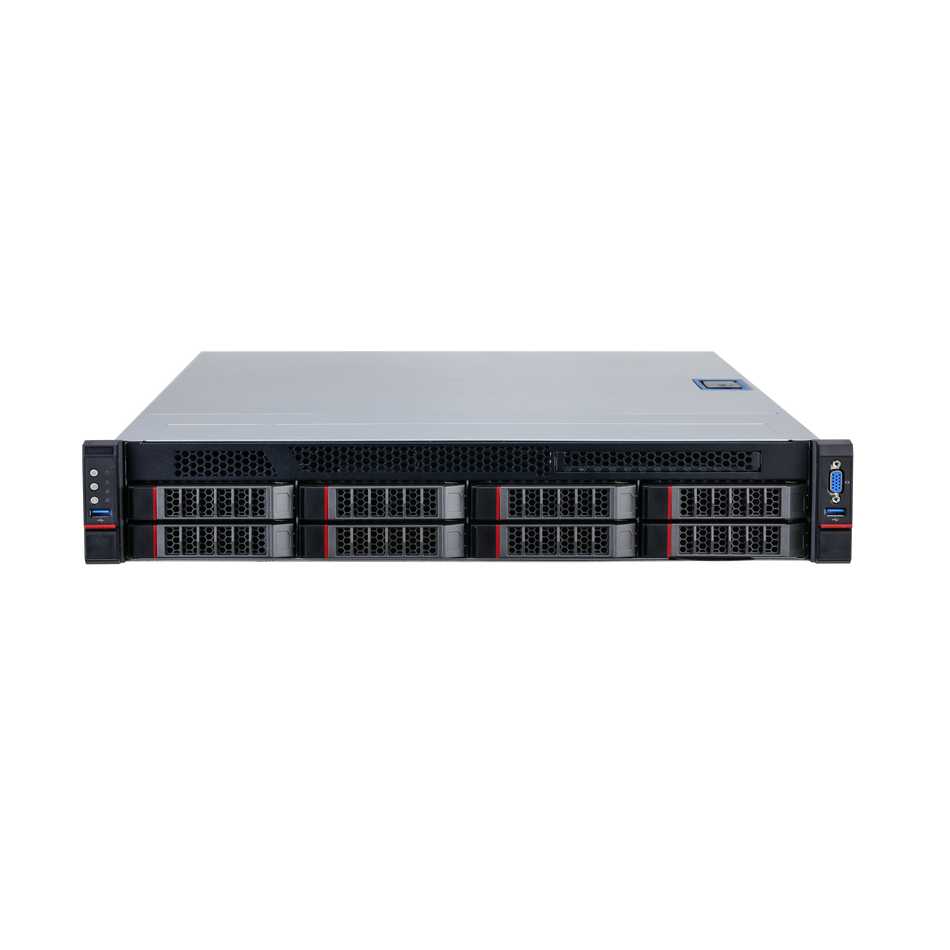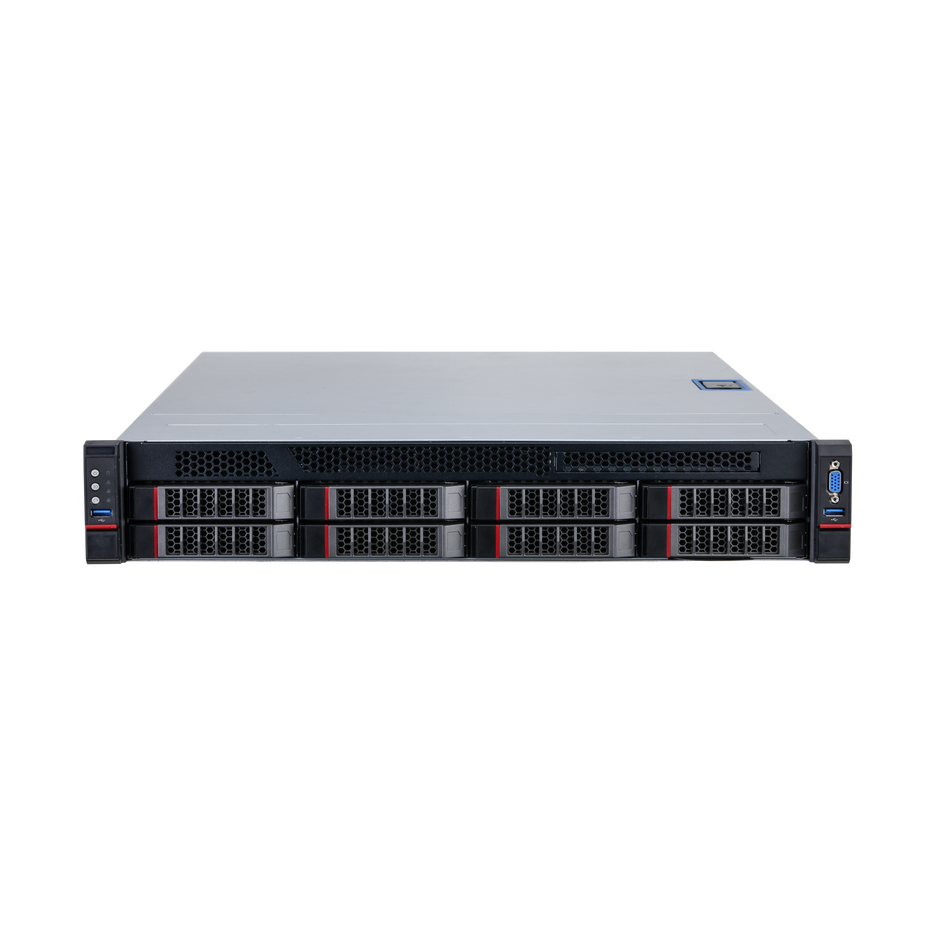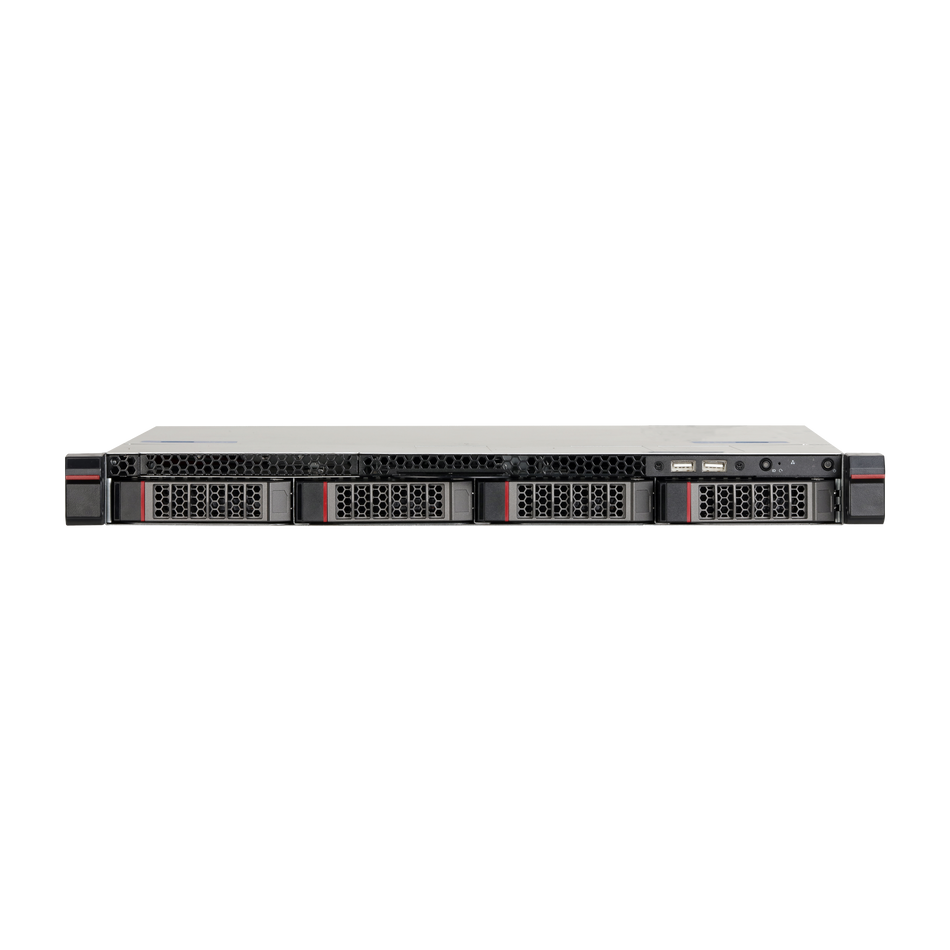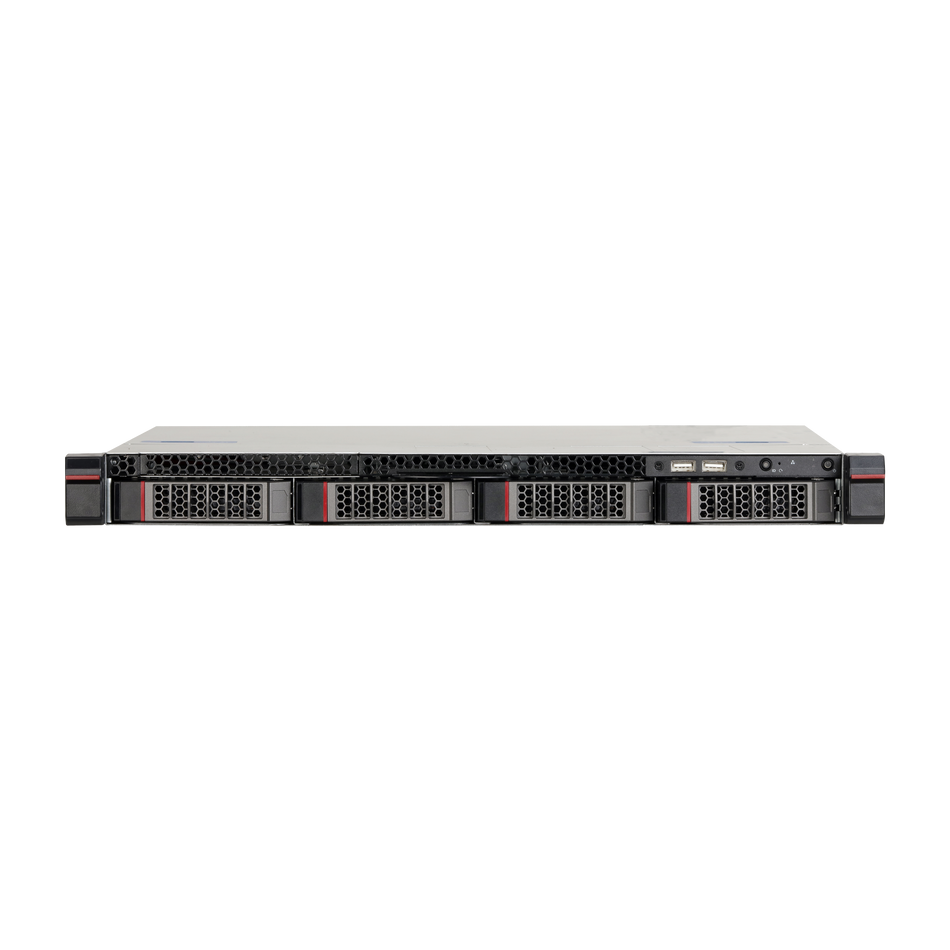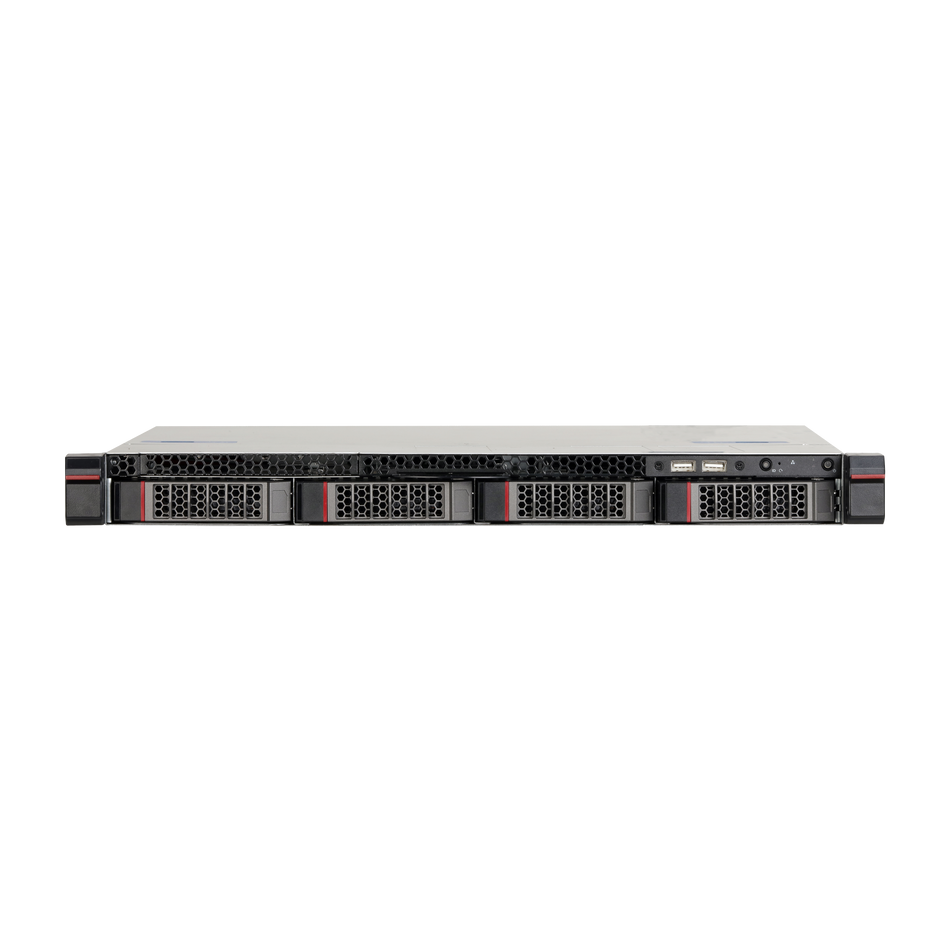“Discover the cutting-edge advantages of CCTV-MALL's thermal imaging camera series for military applications. Our advanced technology provides exceptional image quality for land, sea, and air operations, with long-range detection and user-friendly design. Durable, cost-effective, and backed by comprehensive support, these cameras are essential for modern warfare. Enhance your tactical edge with CCTV-MALL's reliable thermal imaging solutions.”
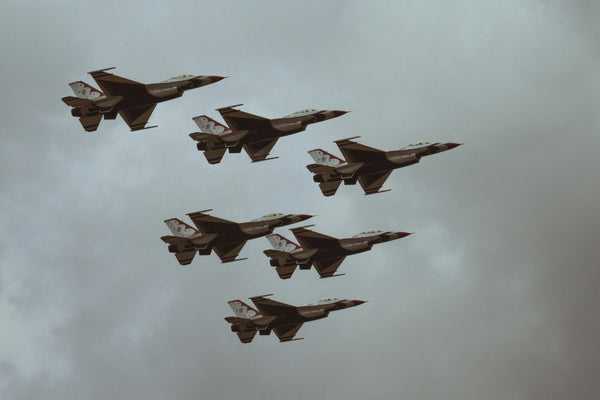
In the ever-evolving landscape of modern warfare, the recent conflict between Russia and Ukraine has underscored the critical role of advanced surveillance technologies in land operations. As a leading global supplier of video surveillance systems, CCTV-MALL has been at the forefront of developing cutting-edge solutions that enhance situational awareness and operational effectiveness on the battlefield.
Thermal imaging cameras have emerged as a pivotal asset in land combat operations, offering a range of strategic advantages that can be decisive in the heat of conflict. These cameras, which utilize infrared technology to detect heat signatures, provide troops with the ability to see in complete darkness and through smoke, fog, and other visual obstructions. This capability is not only crucial for reconnaissance and surveillance missions but also for identifying potential threats and targets from a safe distance, thereby reducing the risk of friendly fire incidents and enhancing overall force protection.
The use of thermal imaging in warfare is not limited to night-time operations. During daylight hours, these cameras can detect camouflaged positions and vehicles, allowing for more effective tracking and engagement of enemy forces. Moreover, thermal imaging technology can assist in navigation and route planning by highlighting changes in terrain temperature, which can be particularly useful in complex environments such as urban or forested areas.
As we reflect on the recent events in Eastern Europe, it is clear that the integration of thermal imaging technology into military operations is a trend that is here to stay. At CCTV-MALL, we are committed to advancing our thermal imaging solutions to meet the growing demands of modern warfare. Our team of experts, led by Senior Video Surveillance Solutions Engineer John Brian, is dedicated to pushing the boundaries of innovation to ensure that our clients have access to the most reliable and effective surveillance tools available.

In the following paragraphs, we will delve deeper into the specific applications of thermal imaging in warfare, the technological advancements that are shaping the future of this field, and the strategic implications for military forces around the world. Stay tuned for more insights from John Brian and the CCTV-MALL team as we explore the critical role of thermal imaging in the evolving face of conflict.
In the realm of aerial combat, thermal imaging cameras have revolutionized the way military forces conduct operations. These advanced systems are equipped on various airborne platforms, including drones, helicopters, and fighter jets, providing pilots and operators with a significant tactical edge.
The primary advantage of thermal imaging in aerial warfare is its ability to detect and track targets regardless of lighting conditions or weather. By identifying the heat signatures of enemy aircraft, thermal cameras enable pilots to maintain visual contact even in low-visibility environments often encountered in combat scenarios. This capability is crucial for interception missions, where the ability to locate and engage enemy aircraft quickly can be the difference between mission success and failure.

Moreover, thermal imaging technology is invaluable for search and rescue operations, as it can pinpoint the heat signatures of individuals or vehicles on the ground or at sea, greatly expediting the rescue process. In addition, these cameras are instrumental in intelligence gathering, as they can monitor enemy movements and activities without the risk of compromising the aircraft's position.
Thermal imaging cameras also play a critical role in the deployment of precision-guided munitions. By providing a clear thermal image of the target, these systems ensure that weapons are accurately delivered, minimizing collateral damage and increasing the overall effectiveness of air strikes.
As the technology continues to advance, the integration of thermal imaging into aerial combat systems becomes more sophisticated. For instance, the development of multi-spectral imaging, which combines data from different parts of the electromagnetic spectrum, offers an even more comprehensive surveillance picture. This not only enhances the situational awareness of pilots but also allows for more strategic decision-making in real-time.
At CCTV-MALL, we recognize the importance of staying ahead of the curve when it comes to thermal imaging technology for aerial operations. Our team, under the guidance of Senior Video Surveillance Solutions Engineer John Brian, is continuously working on innovative solutions that meet the specific needs of military aviation. We are committed to providing our clients with the most advanced thermal imaging systems that not only improve the safety and effectiveness of aerial missions but also contribute to the strategic superiority of their forces.
Thermal imaging technology also plays a critical role in naval warfare, where it is employed to enhance surveillance, detection, and engagement capabilities on the high seas. The application of thermal imaging cameras in maritime operations is diverse and impactful, providing naval forces with a significant advantage in various scenarios.
One of the primary uses of thermal imaging in naval operations is the detection of enemy ship and submarines. The technology can identify the heat signatures emitted by ships and submarines, even through choppy waters or adverse weather conditions. This capability is particularly useful in tracking and monitoring the movements of potential adversaries, allowing naval forces to maintain a strategic advantage and respond swiftly to any threats.

In addition to detection, thermal imaging cameras are also utilized for search and rescue missions at sea. They can locate survivors in the water by detecting their body heat, which is especially crucial in low-visibility conditions or over vast search areas. This increases the chances of successful rescue operations and saves lives that might otherwise be lost at sea.
Furthermore, thermal imaging systems are integrated into coastal surveillance to protect critical maritime infrastructure and to safeguard national coastlines. By monitoring coastal areas and sea lanes, thermal cameras can detect and deter illegal activities such as smuggling, piracy, and unauthorized entry into territorial waters.
The use of thermal imaging in naval gunfire support is another significant application. These systems can guide naval vessels in accurately targeting enemy positions from a distance, by providing real-time thermal data that enhances the precision of artillery and missile strikes.
As the technology advances, the integration of thermal imaging with other sensor systems, such as radar and sonar, is creating a more comprehensive and effective maritime surveillance network. This multi-sensor approach allows for a more detailed understanding of the operational environment, leading to better decision-making and tactical planning in naval operations.
At CCTV-MALL, we understand the unique challenges and requirements of naval operations and are dedicated to providing thermal imaging solutions that meet these needs. Our team, led by Senior Video Surveillance Solutions Engineer John Brian, is focused on developing and refining thermal imaging systems that offer unparalleled performance in maritime environments. We are committed to equipping naval forces with the tools they need to protect their interests and maintain maritime security in an increasingly complex global security landscape.
Thermal imaging technology also plays a critical role in naval warfare, where it is employed to enhance surveillance, detection, and engagement capabilities on the high seas. The application of thermal imaging cameras in maritime operations is diverse and impactful, providing naval forces with a significant advantage in various scenarios.

